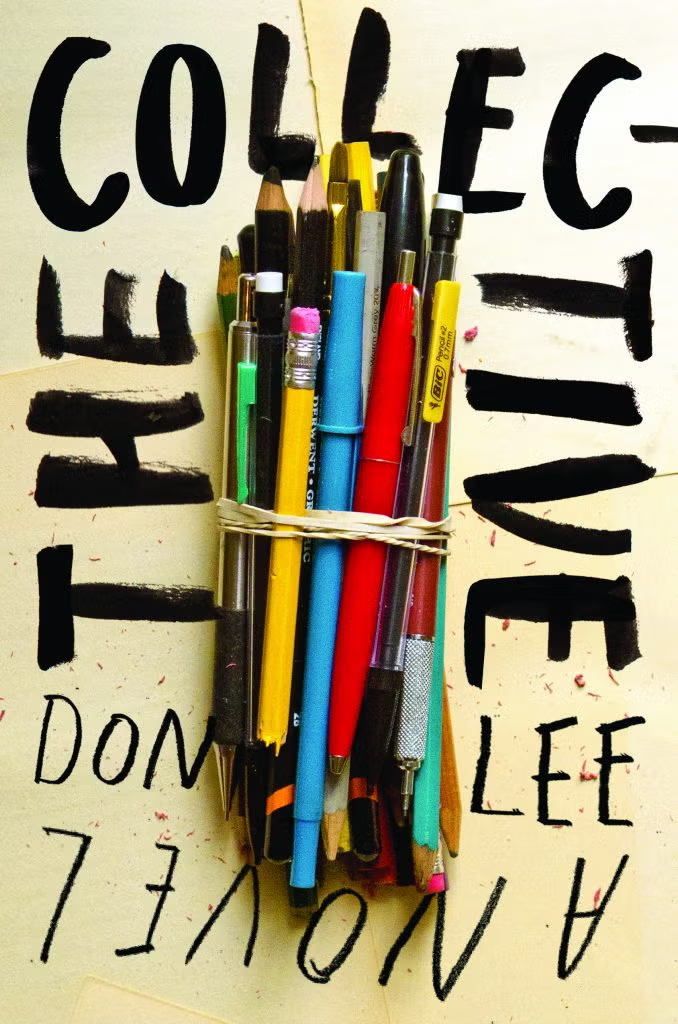“ ‘All men are created equal,’ Thomas Jefferson wrote in 1776, while he kept 135 men, women, and children as slaves on his plantation at Monticello.” (160) In Conditional Citizens, Pulitzer Prize finalist and American Book Award winner Laila Lalami presents a collection of essays on the disparities between “doctrine and reality” (6) that plague a country whose legacy is steeply rooted in its founding values of freedom and equality, which its second-class treatment of minority groups belies. Seamlessly interwoven throughout these essays are her own experiences as a woman of Moroccan origin in the United States post 9/11, which underpin her exploration into the de facto circumstances of those whom she refers to as America’s ‘conditional citizens.’ The result is a well-paced, engaging read that, while it can lag in some places where Lalami delves deep into national history, nevertheless succeeds in comprehensively translating the subtle, insidious factors that maintain the status quo for some at the expense of others.
“Conditional citizens are people who know what it is like for a country to embrace you with one arm, and push you away with the other,” Lalami writes (27). Indeed, upon her induction into the class of citizens in 2000 — after having lived in the US for eight years and passed a citizenship test demanding a thorough knowledge of the country’s history and governance system — she is ‘embraced,’ welcomed into the fold with a festive ceremony, a surprise party by her colleagues, and an all-American “catered lunch of hamburgers, apple pie, and lemonade.” (6) She soon learns how the various facets that compose her identity as “an immigrant, a woman, an Arab, and a Muslim” affect her relationship with the country she has sworn allegiance to when, after returning to the US from abroad, a border agent turns to her husband and asks, “How many camels did you have to trade in for her?” (7) Here, sex and race (and, arguably, religion, depending on how deep the agent’s ignorance and bigotry run and lead him to conflate religion with race) intersect to form the target of a crude joke, and Lalami is stripped of a dignity that would otherwise be afforded to a white male.
Lalami argues that the state has not quite entirely done away with its model of the standard citizen as a white male landowner since the drafting of the Declaration of Independence and that it denies the benefit of the doubt, in ways ranging from subtle ostracism to double standards embedded in the law itself, to those who fall short of that standard. She does so through seven parameters: Allegiance, Faith, Borders, Assimilation, Tribe, Caste, and Inheritance. Through these, she assesses the myriad ways conditional citizens are kept in their place on the hierarchy and, to borrow a quote from her novel The Other Americans, made to account for their humanity, which “always had to be proven.”
Much as governments — and, unsurprisingly, terrorist groups — try to maintain sharp lines of demarcation to stratify society in their favor; however, these strict divisions are not so distinct at all. In Borders, Lalami writes: “The border is a place of cultural contact, hybrid identity, and political complexity. Erecting a concrete fence over this gray space indicates a yearning for simplicity, which makes border walls literal expressions of our worst fears.” (71) The Islamic State claimed that their attacks upon the West would result in increased divisions and that Muslims would be forced to choose whose side they were on. Their goal? To eliminate what they referred to in their online propaganda magazine Dabiq as the “grayzone,” the vast space of “hybrid identity” that most, except for extremists such as themselves, inhabit. Lalami herself falls into this space, even as the paperwork she fills out demands to know which category she belongs: American Indian or Alaska Native, Asian, Black, Native Hawaiian or Pacific Islander, or White? Amusingly, she ticks the boxes for Black and White in the hopes of conveying that she falls somewhere in the middle. “Either you are with us, or you are with the enemy,” then US President Bush said in the wake of 9/11 and build-up to the invasions of Afghanistan and Iraq, implying that opposition to these wars meant taking the side of terrorism and conveniently ignoring the history the US has in funding terror groups when it proved suitable to the national interest. “My whole life has been lived in-between—in between languages, in between cultures, in between countries,” writes Lalami in response to being asked to choose between an artificial binary. (16)
The desire to delineate between peoples is apparent throughout history— more often than not, with horrific results, as seen in colonialism, ethnic cleansing, and internment camps. It is a myth that persists: that those whose best interests lie in perpetuating a system based on their own supremacy cling to. Despite the progress over the years in the US, Lalami shows how this system has nonetheless managed to evolve to target its traditionally persecuted groups — its citizens for whom citizenship, with all its implications, including fair and equal protection under the law, is conditional, even rescindable — in new ways. The system does so through internal checkpoints that subject some 200 million citizens to the threat of deportation. Furthermore, the system disproportionately singles out Mexicans, and utilizes Trump’s infamous ‘Muslim Ban,’ voter ID laws, media portrayal of Arabs and Muslims (and their erasure from American history), drug laws, and workplace sexual harassment, to repeatedly reinforce its power.
Since Conditional Citizens was written, tensions over the treatment of the Black community in the US at the hands of the police once again reached a breaking point, and the country erupted into protests over the murder of George Floyd. The coronavirus disease pandemic has revealed that Black Americans are dying at three times the rate of their white counterparts as they are at a disadvantage when it comes to testing and treatment. While the rich proclaim ‘We are all in the same boat,’ those who grease the wheels of the economy, the ‘essential workers,’ succumb to the toll of the virus. The poor, who do not have thousands of dollars in savings, succumb. Women, who overwhelmingly shoulder the burden of domestic work and are often obliged to quit their jobs to care for the house, for the children, for the elderly, succumb.
Lalami’s diagnosis of America’s ills continues to be ever relevant in light of these circumstances, and she draws a coherent line from the roots of these inequalities in the past to the way they have endured into the present. For the uninitiated to America’s hypocrisy, reading Conditional Citizens will be akin to discovering a decaying underworld. It will sit uncomfortably, it will challenge, and it will persuade with its litany of historical references. For those who have not been able to take recourse in the law, who have not found it on their side, for whom its agents have represented a threat rather than a reassurance, Lalami’s essays will prove to be an affirmation, an acknowledgment, an overdue apology. Ultimately, Conditional Citizens is a call to do better, to transcend these imposed divisions and build a healthier society that is not fractured by tribalism and polarization.






